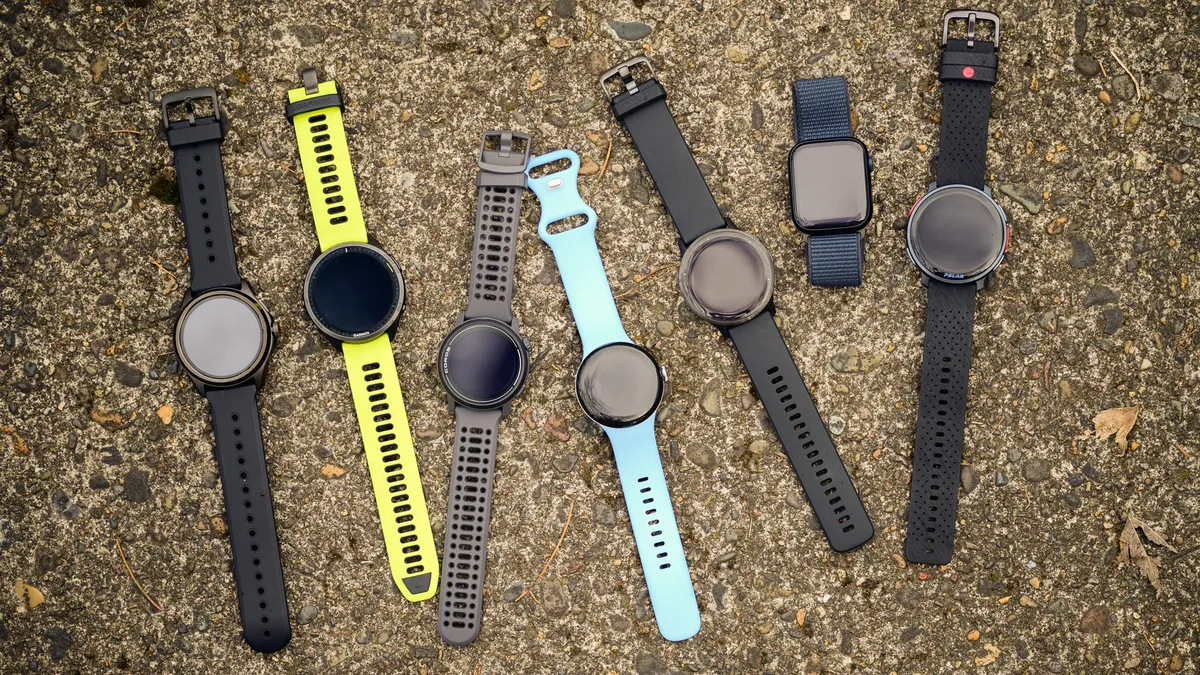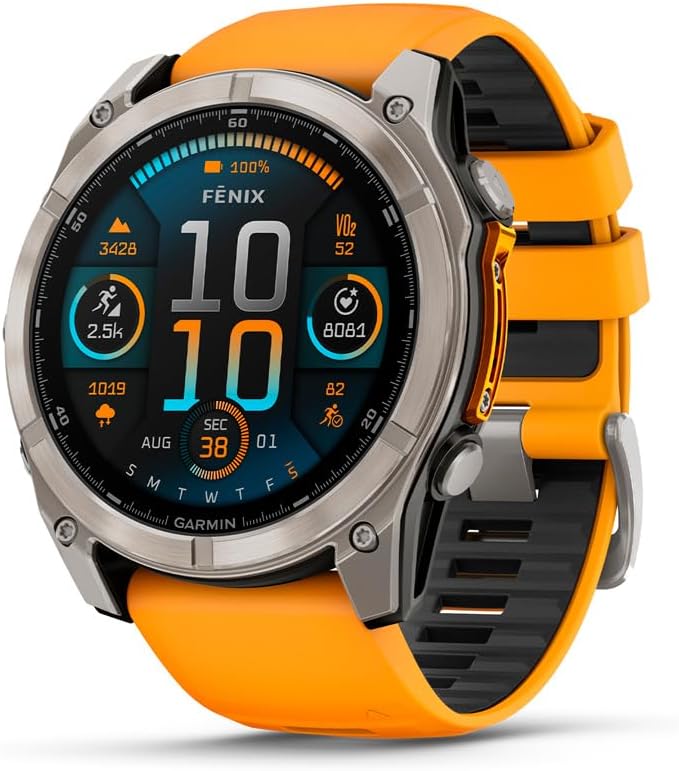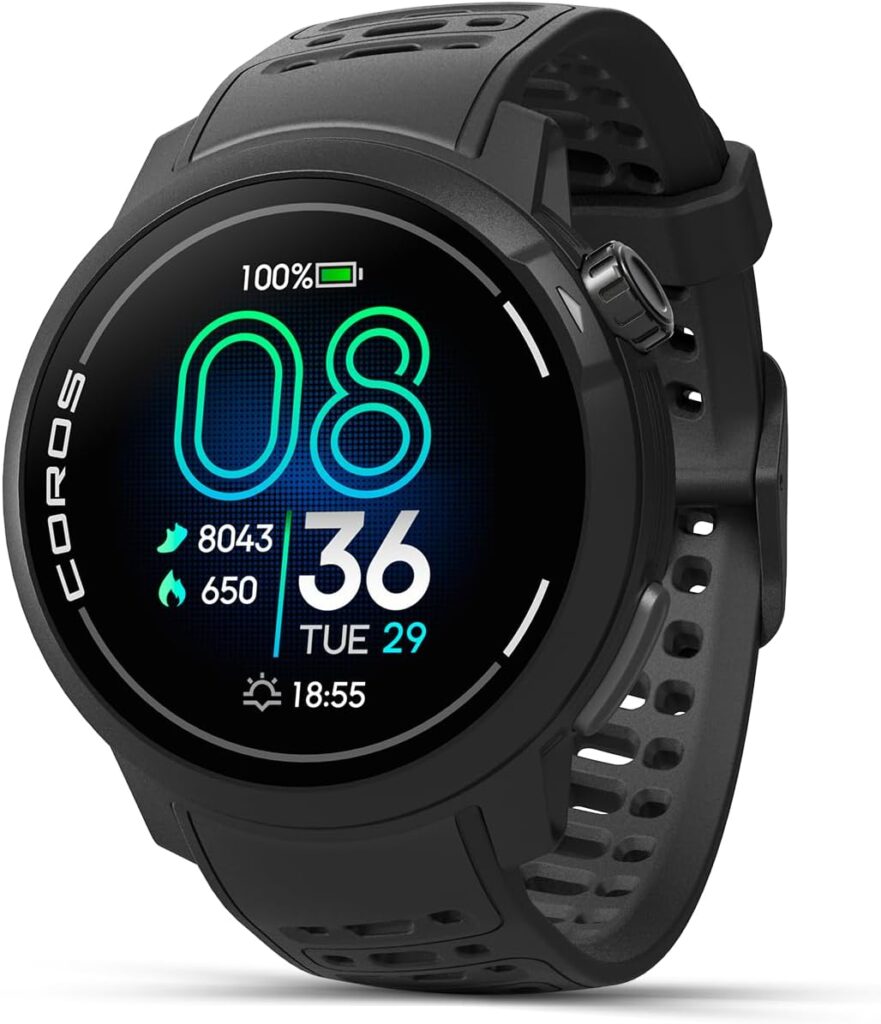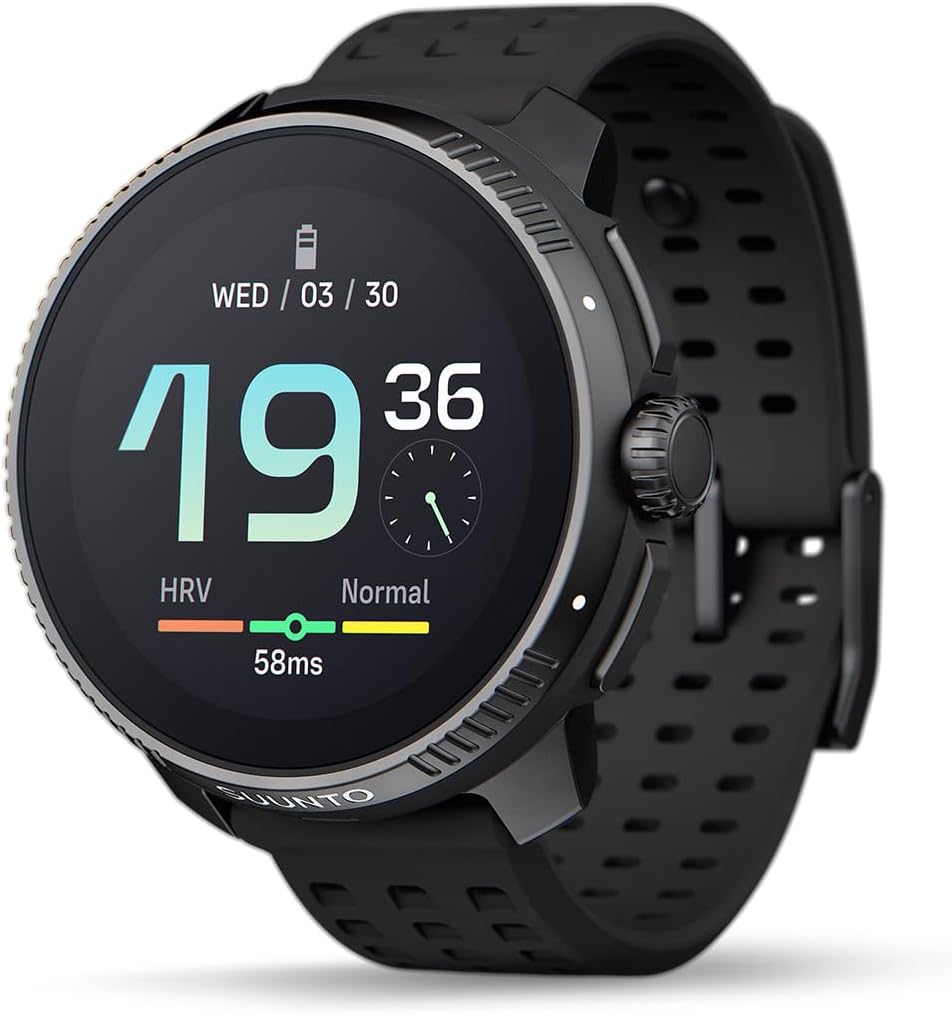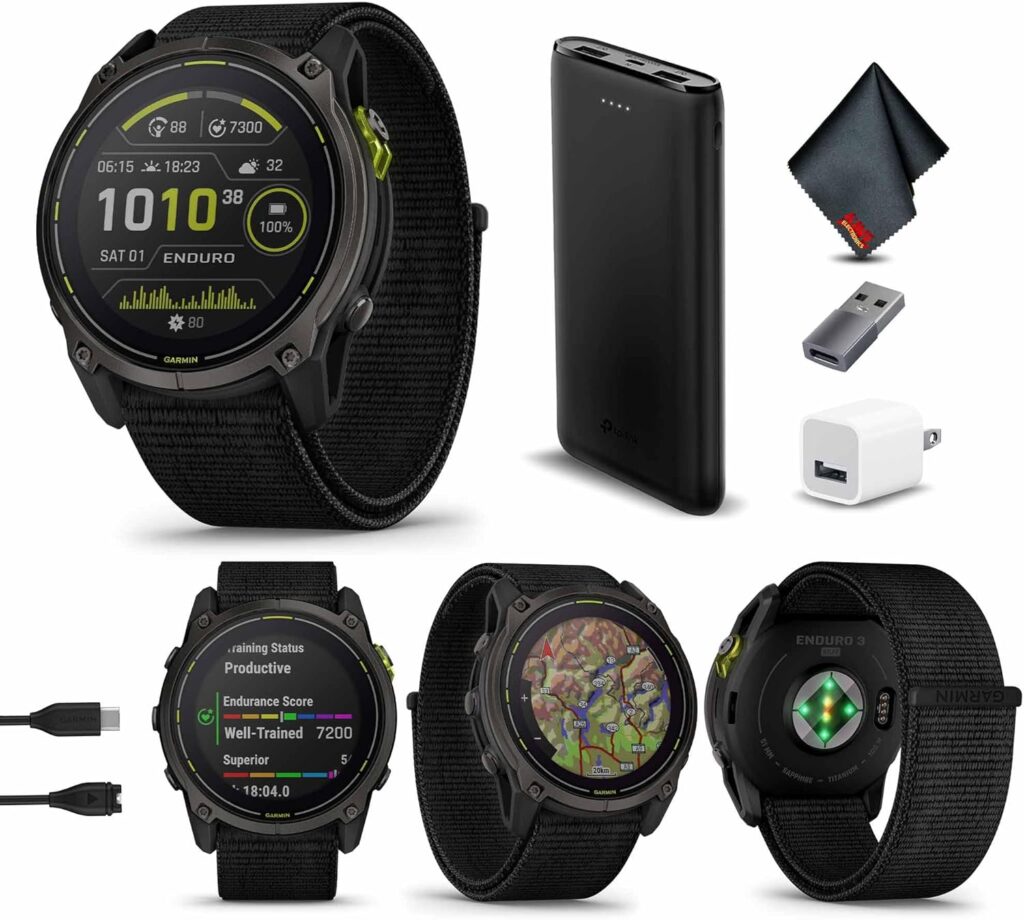Last updated: April 21, 2025 by Mike Wheeler, Cycling Tech Editor
What You Actually Need to Know
Let’s cut through the marketing fluff – if you’ve got deep pockets and want the absolute best, grab the Garmin Fenix 8. If you’re not made of money (join the club), the Coros Pace Pro delivers 90% of the experience at a third of the price. And if you’re allergic to Garmin’s ecosystem, the Suunto Race is your best bet.
Now, let’s dive into the messy details, shall we?
Why You Should Trust Me
I’ve spent the last decade reviewing cycling tech and have personally tested every watch mentioned here for at least a month of real-world riding. No quick unboxing videos or sponsored opinions – just honest wear-testing through rain, mud, and those “why am I doing this to myself?” hill climbs.
My wrist has worn more cycling watches than most bike shops have in stock, and my bank account has suffered accordingly. Your wallet can thank me later.
The Cold, Hard Truth About Cycling Watches in 2025
Here’s something the glossy marketing won’t tell you: most cycling watches do basically the same core things. They track your ride, monitor your heart, and tell you how much you’re suffering. The difference is in the execution, reliability, and those special little features that might actually matter to your specific riding habits.
And no, you don’t need to spend a month’s rent on a watch to get a good experience. But… it helps. (Sorry!)
The Crème de la Crème: Our Top Picks
| Watch | Price | What It’s Perfect For | What Will Annoy You |
| Garmin Fenix 8 | $999.99 | Everything. Literally everything. | The moment you check your bank balance |
| Coros Pace Pro | $349 | Getting 90% of the fancy features without selling a kidney | No Spotify and a somewhat janky strap |
| Suunto Race | $449 | Escaping Garmin’s ecosystem with minimal withdrawal symptoms | Can’t pair with multiple sensors simultaneously |
| Garmin Enduro 3 | $899.99 | Ultra-distance riders who forget what chargers look like | The non-AMOLED screen feels like 2022 tech |
The $1,000 Question: Is the Garmin Fenix 8 Actually Worth It?
Short answer: Yes, if you have the money. Long answer: It’s complicated.
The Fenix 8 is the cycling watch equivalent of that friend who’s annoyingly good at everything. It has the best screen (a gorgeous 35.56mm AMOLED that makes other watches look like they’re running Windows 95), ridiculous battery life (up to 29 days, so you can forget your charger on vacation and still be fine), and every cycling metric you could possibly want, including some you didn’t know existed.
But here’s the honest truth – it’s overkill for about 80% of cyclists. It’s like buying a Ferrari to do grocery runs. Will it get the job done spectacularly? Absolutely. Could you have saved $700 and still had a great experience? Also yes.
That said, if you’re the type who analyzes every watt and heart beat, who rides in all conditions, and who wants a watch that will outlast your current bike, the Fenix 8 is genuinely excellent. Its 93% expert rating isn’t marketing fluff – it’s earned through thoughtful design and rock-solid performance.
Garmin Fenix 8 In-Depth Review
Best Value That Won’t Make Your Wallet Cry: Coros Pace Pro
The Coros Pace Pro is the dark horse in this race. At $349, it delivers an AMOLED screen, 31 hours of GPS tracking, and an intuitive app experience that puts some higher-priced competitors to shame.
What I love about the Coros is its honesty. It doesn’t pretend to be the fanciest watch on the market, but it nails the fundamentals and even outperforms some watches twice its price when it comes to user experience.
The downsides? The strap could be more comfortable on long rides (nothing a third-party replacement can’t fix), and the lack of Spotify support might be a dealbreaker if you need your riding playlist. But at this price point, these compromises are reasonable, not deal-breakers.
This Changed My Mind – COROS Pace Pro Review
Breaking Free from Garmin: The Suunto Race
Look, Garmin dominates this market for a reason. But if you’re tired of their ecosystem or just want something different, the Suunto Race at $449 is your best escape route.
With an 88% expert rating, it’s no consolation prize. The 1.43in AMOLED screen is gorgeous, the training features are comprehensive, and the navigation works reliably when you’re exploring new routes. Plus, Suunto’s app has improved dramatically in recent years – it’s no longer the Achilles’ heel of an otherwise great product.
The only significant drawback? It can’t pair with multiple sensors simultaneously, which might limit serious data nerds. But for most riders, this won’t be a daily issue.
NEW Suunto Race Sportswatch
For the Battery Obsessed: Garmin Enduro 3
If “range anxiety” is in your cycling vocabulary, the Garmin Enduro 3 is your soulmate. With a frankly ridiculous 320 hours of GPS tracking and solar charging capabilities, it’s the watch equivalent of that friend who brings a backup charger for their backup charger.
At $899.99, it’s firmly in the premium category, but that battery life justifies the price for ultra-distance specialists and those who regularly forget to charge their devices (no judgment here).
The compromise? Its non-AMOLED screen feels dated compared to the Fenix 8. It’s perfectly functional, but lacks the visual punch of its slightly more expensive sibling.
Garmin Enduro 3 In-Depth Review
How We Actually Tested These Watches
No sterile lab testing here – each watch endured at least a month of real-world abuse:
- GPS accuracy: Tested against known routes and dedicated bike computers
- Heart rate monitoring: Compared against chest straps for accuracy during interval training
- Battery life: Run-to-empty tests in various usage scenarios (not just ideal conditions)
- Usability: Can you actually use it with sweaty fingers? In the rain? While wearing gloves?
- App quality: Daily use for training insights and data analysis
- Ride detection: Does it know the difference between a coffee shop stop and the end of your ride?
The Bottom Line: What Your Money Gets You in 2025
Let’s be brutally honest about what different budgets will get you:
Under $350: You’ll get reliable GPS, decent heart rate monitoring, and basic training metrics. The Coros Pace Pro is the standout here.
$350-700: This is the sweet spot for most serious cyclists who aren’t sponsored pros. You’ll get better screens, improved battery life, and more comprehensive metrics. Consider the Suunto Race or hunt for sales on last-gen premium models.
$700+: Diminishing returns start to kick in, but you’ll get the best screens, longest battery life, and most comprehensive feature sets. The Fenix 8 rules this category, but the Enduro 3 is worth considering for battery obsessives.
Here’s the simple truth: most cyclists will be perfectly happy with a mid-range option. But if you’ve got the cash and want the best, the premium models do deliver tangible benefits – just not 3x the benefits for 3x the price.
The Visual Breakdown: How They Actually Compare
Battery Life Comparison
| Watch | Standard Mode (days) | GPS Active Mode (hours) |
| Garmin Fenix 8 | 29 days | 65 hrs |
| Coros Pace Pro | 15 days | 31 hrs |
| Suunto Race | 12 days | 40 hrs |
| Garmin Enduro 3 | 80 days | 320 hrs |
Feature Comparison
Rating Scale: 1-5 (5 being best)
| Watch | GPS | App Experience | Heart Rate | Navigation | Training Features | Lifestyle Features |
| Garmin Fenix 8 | 5 | 4 | 5 | 5 | 5 | 5 |
| Coros Pace Pro | 4 | 5 | 4 | 3 | 4 | 3 |
| Suunto Race | 4 | 4 | 4 | 4 | 4 | 4 |
| Garmin Enduro 3 | 5 | 4 | 5 | 5 | 5 | 4 |
FAQ: What You’re Actually Wondering
Q: Will any of these watches make me faster? A: No. But they might make you smarter about your training, which could eventually make you faster. Mind-blowing, I know.
Q: Do I need a cycling-specific watch, or can I just use my Apple Watch? A: You can absolutely use an Apple Watch, especially the Ultra models. However, dedicated cycling watches typically offer better battery life and more cycling-specific metrics. Choose based on your priorities.
Q: How often do I really need to upgrade my cycling watch? A: Every 3-4 years is reasonable. The core technology doesn’t change dramatically year-to-year, despite what marketing departments want you to believe.
Q: Are these watches good for other activities too? A: Absolutely. All of our top picks are multi-sport watches that handle running, swimming, and gym workouts admirably. The Garmin models especially excel at activity versatility.
I Tested 5 Best GPS Smartwatches – The Results Will Surprise You!
Final Thoughts: It’s Just a Watch (But Also Kind of Not)
At the end of the day, these are tools, not magic wands. They won’t pedal for you or make those hills any less steep. But they can provide valuable insights into your performance, help you train more effectively, and occasionally give you that extra motivation to push a little harder.
Choose one that fits your budget and needs, not the one with the most impressive spec sheet. And remember – the best cycling watch is the one you’ll actually use consistently.
Now go ride your bike. That’s the part that actually matters.
About the Author: Mike Wheeler has been reviewing cycling tech for over a decade and has personally tested every watch mentioned in this article. He typically rides 5,000+ miles annually and has an unhealthy obsession with finding the perfect gadget-to-performance ratio. He receives no compensation from any brands mentioned in this review.

